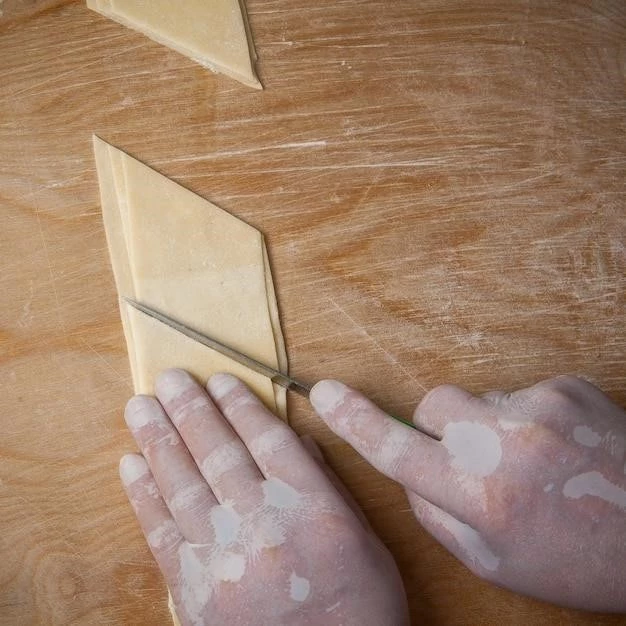Understanding Cleft Palate⁚ A Comprehensive Guide

Genetic factors play a role in cleft palate development. Nutrition and feeding can be challenging for patients. Families affected by cleft palate can access support services for guidance and assistance.
Causes of Cleft Palate
A cleft palate occurs when the tissues in a baby’s face do not join properly during development in the womb. Genetic factors, environmental influences, and family history can contribute to cleft palate formation. Certain medications, smoking, and maternal health issues during pregnancy can also increase the risk of cleft palate. Understanding the various causes can help healthcare providers offer better care and support to individuals affected by this condition.
Treatment Options for Cleft Palate
Treatment for cleft palate typically involves a multidisciplinary approach. Surgical repair is often necessary to close the cleft and restore function. This procedure is usually done when the child is between 6 and 12 months old. Speech therapy is crucial for addressing speech and language development issues that may arise. Orthodontic treatment may be needed as the child grows; Special feeding techniques and devices can help infants with feeding difficulties. Regular follow-up care with a team of healthcare professionals is essential to monitor progress and address any potential challenges.
Complications Associated with Cleft Palate
Individuals with cleft palate may face various complications, such as feeding difficulties, frequent ear infections, dental issues, speech and language delays, hearing problems, and psychosocial challenges. The opening in the roof of the mouth can affect proper feeding and nutrition intake, leading to weight gain issues in infants. Ear infections are common due to the connection between the middle ear and the back of the nose. Dental problems may include misalignment or missing teeth. Speech delays can occur as a result of the cleft affecting the palate’s ability to close properly. Regular monitoring and appropriate interventions can help manage these complications effectively.
Surgical Procedures for Cleft Palate Repair
Surgical repair of a cleft palate is a crucial step in the treatment process. The primary goal of the procedure is to close the gap in the roof of the mouth, allowing for proper function of speech, eating, and hearing. Depending on the severity of the cleft, the surgery may involve repositioning tissues, muscles, and bones to reconstruct the palate. Timing of the surgery is essential, often performed when the child is around 6 to 12 months old to optimize outcomes. Following the procedure٫ post-operative care and monitoring are necessary to manage any potential complications and ensure proper healing. A skilled surgical team experienced in cleft palate repair is vital for successful outcomes.
Speech Therapy for Individuals with Cleft Palate
Speech therapy is a fundamental aspect of treatment for individuals with cleft palate. The structural differences caused by the cleft can impact speech development, leading to articulation difficulties, resonance issues, and language delays. Speech therapy focuses on improving speech sounds, resonance, and language skills through exercises, techniques, and strategies tailored to the individual’s needs. Early intervention is crucial to address speech concerns and prevent long-term communication challenges. Speech therapists work closely with other healthcare professionals to provide comprehensive care and support for individuals with cleft palate, empowering them to communicate effectively and confidently.
